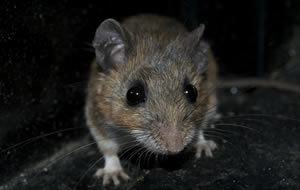
When winter hits, temperatures will begin to drop. As things get chillier outdoors, homeowners will, understandably, start spending more time indoors to escape the cold. However, they are seldom alone as rodent and pest infestations increase during the winter season.
Instead of letting rodents create an issue for you and your family this winter, understand what draws them to your home and take the necessary steps to keep the unwelcome guests far away from your property.
Why Do Rodents Infest Homes in Winter?
Rodents are mammals which means they need to maintain an appropriate body temperature in order to survive. Therefore, rats, mice, squirrels, and other rodents will look for warmer shelter during the winter months, and your property’s dark crawlspaces, narrow interior passageways, and soft insulation will appear very appetizing to the invasive pests.
Combine that with your home’s convenient accessibility to food and water sources, and it’s easy to see why wintertime rodent infestations are so common.
4 Pest and Rodent Prevention Tips
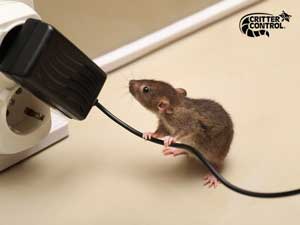 To prevent rodent-related property damage and the spread of disease in your home, try the following tips to keep nuisance rodents and other pests out of your property during the winter months.
To prevent rodent-related property damage and the spread of disease in your home, try the following tips to keep nuisance rodents and other pests out of your property during the winter months.
- Minimize outside water sources by putting pet bowls indoors and fixing any leaky downspouts or garden hoses.
- Look for any ways that rodents can enter your home. Cracks or holes larger than ¼” should be sealed with wire mesh or steel wool to keep pests out.
- Unlike mice, rats are able to climb. Keep overhanging tree branches trimmed back and away from roof tops to prevent easy access.
- If you have a fireplace, stack your supply of firewood away from the side of your home as it provides a perfect hideout for rodents.
Even though the weather in Central Florida is rarely freezing, rodents and other pests will still attempt to access your property by exploiting any openings they can to nest in your cozy attic and get to your food supply. Instead of risking your safety and wasting money attempting inefficient DIY rodent removal techniques, prevent a pest problem before it even happens by contacting the rodent removal experts at Critter Control® of Orlando.
Year-Round Reliable Rodent Removal Services in Orlando
At Critter Control® of Orlando, our licensed and trained staff members are equipped to safely and quickly remove nuisance rodents using non-toxic and eco-friendly methods. If our experienced technicians discover any rodents living inside your attic, crawlspaces, or walls, they will humanely remove all pests, clean and restore any damages caused by the infestation, and prevent future infestations by sealing any exposures the critters used to get inside.
To schedule a home inspection and receive a free rodent removal estimate, call Critter Control® of Orlando today at 407-295-7194.




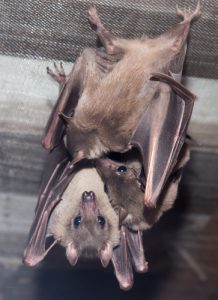
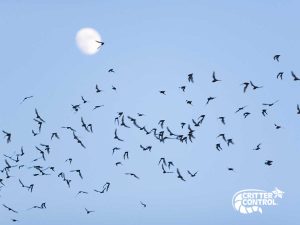 Bats who roost in buildings will seek homes that allow them to enter small openings in areas such as gable or ridge vents, chimneys, or any other unprotected areas.
Bats who roost in buildings will seek homes that allow them to enter small openings in areas such as gable or ridge vents, chimneys, or any other unprotected areas.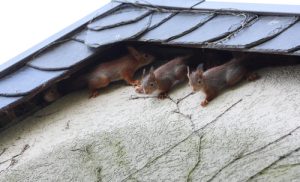
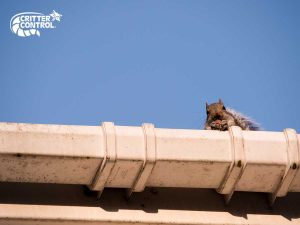 Not only can debris around your home become destructive projectiles during a hurricane, but it can also become temporary shelter to all types of critters trying to weather the storm. The last thing you want is for these temporary neighbors to become permanent residents. Be sure to remove yard waste and store away any structures that attract wildlife like birdbaths and bird feeders.
Not only can debris around your home become destructive projectiles during a hurricane, but it can also become temporary shelter to all types of critters trying to weather the storm. The last thing you want is for these temporary neighbors to become permanent residents. Be sure to remove yard waste and store away any structures that attract wildlife like birdbaths and bird feeders.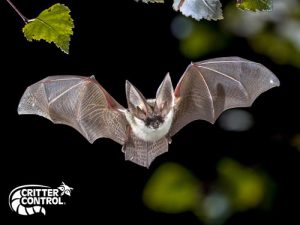 Bats are the world’s longest-living mammals, with a lifespan of up to 40 years. Therefore, if conditions permit, bats will inhabit your commercial building for a very long time. As their colony grows, the amount of damage and toxic guano bats produce can pile up, which is why you will want to get bats removed as quickly as possible before they ruin your commercial building.
Bats are the world’s longest-living mammals, with a lifespan of up to 40 years. Therefore, if conditions permit, bats will inhabit your commercial building for a very long time. As their colony grows, the amount of damage and toxic guano bats produce can pile up, which is why you will want to get bats removed as quickly as possible before they ruin your commercial building.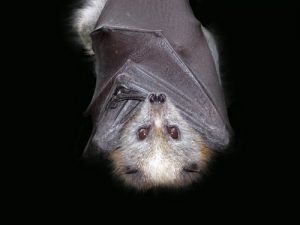
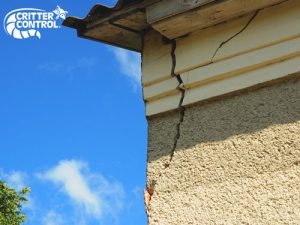
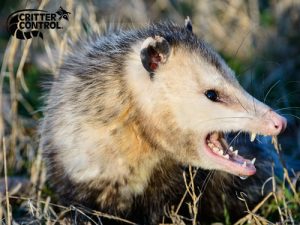 As rural land is continuously developed, opossums are pushed out of their natural habitat and forced to search for food and shelter in residential areas.
As rural land is continuously developed, opossums are pushed out of their natural habitat and forced to search for food and shelter in residential areas.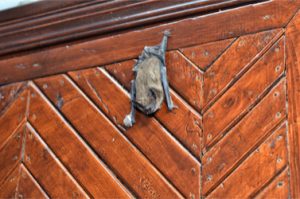
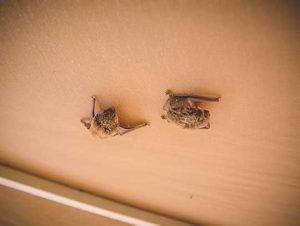 While your first instinct may be to close all of the entry points you find around your home during your inspection, you cannot begin bat proofing until you are absolutely sure there are no bats still living inside. If you block all of their entry and exit points, the bats will get trapped and end up flapping around the home looking for a way to escape. As the bats begin to panic, they will become agitated, spread contamination, and cause even more damage to your home. Before any bat entry points can be closed, a live bat exclusion must be performed by professionals. This will ensure all the bats are safely removed by allowing them to exit but keeping them from returning.
While your first instinct may be to close all of the entry points you find around your home during your inspection, you cannot begin bat proofing until you are absolutely sure there are no bats still living inside. If you block all of their entry and exit points, the bats will get trapped and end up flapping around the home looking for a way to escape. As the bats begin to panic, they will become agitated, spread contamination, and cause even more damage to your home. Before any bat entry points can be closed, a live bat exclusion must be performed by professionals. This will ensure all the bats are safely removed by allowing them to exit but keeping them from returning.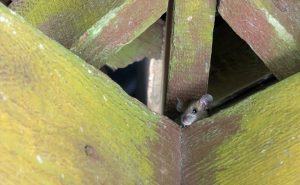
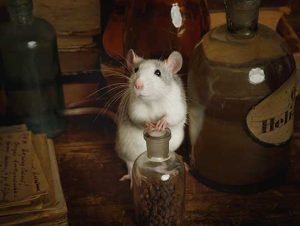 Many homeowners tend to take an out-of-sight, out-of-mind approach to home maintenance, but it doesn’t take long for rats to create unignorable damage. For starters, when these rodents soil your attic insulation with urine or tear it apart to be used as nesting material, your HVAC unit loses efficiency — costing you more in energy expenses each month. Additionally, when rats chew on plumbing pipes or electrical wiring, they heighten the potential for a massive water leak or serious fire hazard.
Many homeowners tend to take an out-of-sight, out-of-mind approach to home maintenance, but it doesn’t take long for rats to create unignorable damage. For starters, when these rodents soil your attic insulation with urine or tear it apart to be used as nesting material, your HVAC unit loses efficiency — costing you more in energy expenses each month. Additionally, when rats chew on plumbing pipes or electrical wiring, they heighten the potential for a massive water leak or serious fire hazard.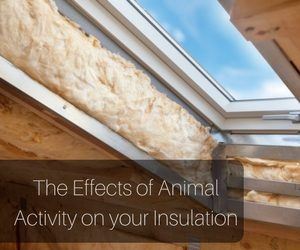
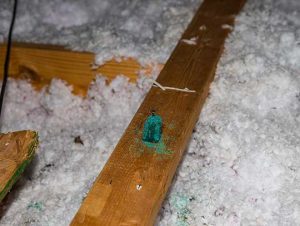
 While they may look fluffy and adorable, invasive
While they may look fluffy and adorable, invasive 